Join Louis Sterling and Jack Cleary, two of our finalists, in an event of live Audio-visual performances.
The event starts at 2pm in Room 225 (Performance Studio) in Grand Parade.
More info: fb event

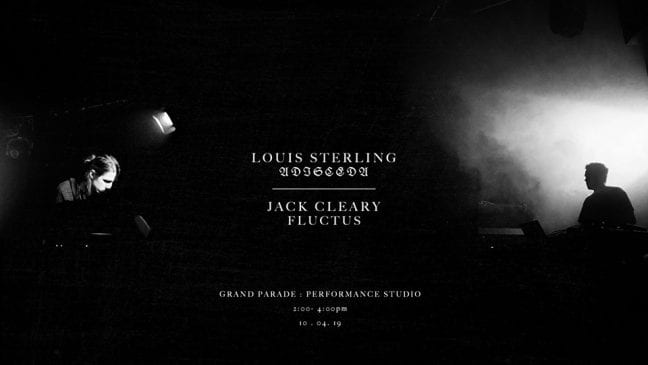
Join Louis Sterling and Jack Cleary, two of our finalists, in an event of live Audio-visual performances.
The event starts at 2pm in Room 225 (Performance Studio) in Grand Parade.
More info: fb event
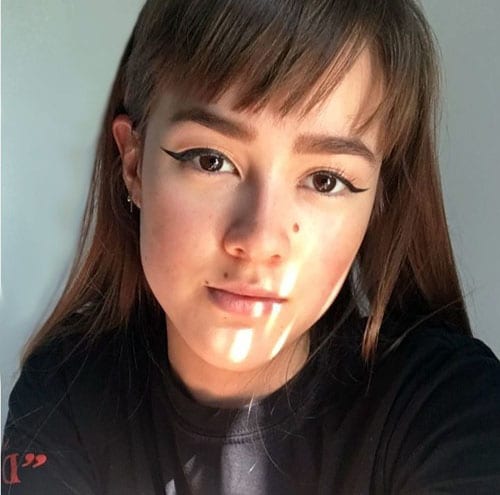
This month we talk to Aki Purser. Aki has just graduated from our course and her astonishing audio-visual piece 記憶 (Memory) has won her the ‘Incentive award’ from our partner University in Nagoya Japan. Aki has a few exciting projects ahead, including RBMA Berlin this coming September.
DMSA: Three important words that represent you as a creative person
AP: playful, meticulous, intricate
DMSA: When did you start working with sound and music?
AP:Aged 6/7 playing the piano
DMSA: In what ways has the DMSA course supported or helped you to develop into who you are today creatively and professionally?
AP: It broadened my approach to sound and encouraged me to explore past the rigid rules of traditional music.
Over my three years there, the teachers were very supportive and I am incredibly grateful.
DMSA: Your degree piece 記憶 (Memory) has won one of the Nagoya awards this year. Can you tell us a bit about the project?
AP: 記憶 (Memory) is an audio-visual piece that explores the fragmented structures of human memory. Developed around the poem 記憶 (Memory) by Tian Yuan and taking inspiration from Phillip Larkins’ An Arundel Tomb, the piece examines the expiration of memory and its inability to withstand interference. The 4 minute film consists of rapidly fluctuating rhythms, upon which runs a continuous stream of black and white imagery. The broken rhythms are used to portray the fractured nature of memory and this is emphasised through sequences of still photography that have been adapted for the moving image.
DMSA: You will be attending the RBMA in Berlin in September, this is exciting! Was it difficult to get in and what do you hope to get from it?
AP: Honestly I don’t know how I got in. I had been told about it and sent off an application last minute on a whim. I really did not expect anything from it and it was a wonderful surprise. I am trying to approach it with no expectations and am generally trying not to think about it too much, but I am really looking forward to it and feel very privileged to have been offered such an opportunity.
DMSA: Other plans for the future? projects, events, visions?
AP: We’ll have to see! My first love is sound for film, so hopefully I will find myself going down that route in the near future.

All the pieces precented in the Pt1 and Pt 2 are placing sound in relation to enviroments and particular issues using other media and advanced technologies to challenge the audience. In this last part we would like to present works that continue experimenting with media and technologies but have a more firm focus on moving image or interactivity. Sound for moving image is one of the profile areas in our course. Many of our graduate students have produced outstanding work for film and moving image, crafting their skills on both sound and video editing, film scoring, foley or storyboarding and production and launching successful freelance careers in the sector. This year, we have some exceptional graduate pieces exploring the boundaries between sound, film, performance, and installation.
Aki Purser’s 記憶 (Memory) is an audio-visual piece that explores the fragmented structures of human memory. Developed around the poem 記憶 (Memory) by Tian Yuan and taking inspiration from Phillip Larkins’ An Arundel Tomb, the piece examines the expiration of memory and its inability to withstand interference. The 5 minute film consists of rapidly fluctuating rhythms, upon which runs a continuous stream of black and white imagery. The broken rhythms are used to portray the fractured nature of memory and this is emphasised through sequences of still photography that have been adapted for the moving image.
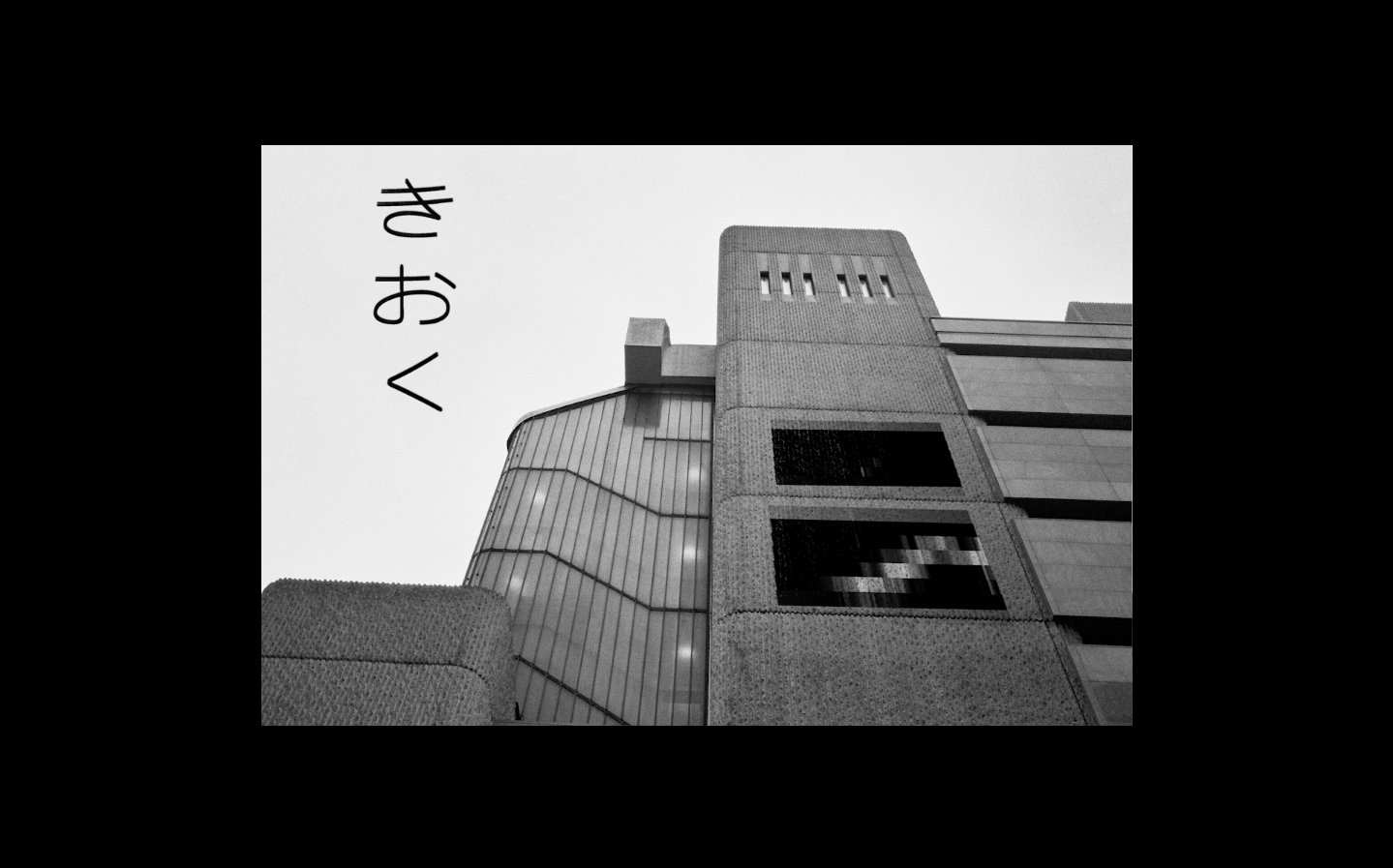
Jordan Lewis’ The Nova Gathering is a multi-media art piece exploring the use of media in our ‘post-truth’ society. Using the structure of a new religious movement, The Nova Gathering, this piece takes visual, audio and performance elements to play on the idea of what truth really is. The Nova Gathering is primarily a satirical take on the way “facts” can be presented today, where the focus is more on the production and entertainment values, rather that the validity of the content. These thoughts led Lewis to consider how well he could replicate this kind of process in the fabrication of a fake organisation and its credibility.
Bobbie Cook’s The Hard Shoulder is an animated short film pulling influences from the 70s-90s in both animation style, technique and sound design aiming to create something faithfully nostalgic but also current and fresh. The story is about a Bonnie and Clyde type of relationship between a widower and his daughter travelling to find a man he believes can return his wife to him. The pieces has an upbeat mood driven by a kind of psychedelic mix of funk, jazzy influences and more recent flavours of hip hop. The animation style is inspired by Late 80s-early 90s Anime with the illustration and design in the style of artists like Eizin Suzuki and Hiroshi Nagai
Alvaro Villar Castillo reverse engineers the film industry’s visual storyboards to propose a method of sonic storyboarding. SONORAMA is a project that involves the creation of a cinematic album, both orchestral and synthesised composition for imaginary film situations. The installation aims to represent possible cinematic situations as leitmotifs for certain characters, imaginary scenarios and atmospheres for a film. It is presented to the public as a surround 5.1 installation. Speakers surround the audience sitting down in an illuminated bench in a dark room. The installation’s sonic content was inspired and based on already existing comics and storyboards, as if they were the screenplay of a real film. Each individual composition represents different a cinematic genre (ex. Sci-fi, Horror, Action) and scene (ex. Chasing…) All sounds were recorded and created with synthesisers and/or samplers for this specific installation.
Oskar Jeff’s Reconstructing Tapes is an audio-visual installation comprising of four VCRs, four corresponding televisions and a pair of speakers. A composition built entirely from VHS samples is split into two and transfer back to VHS tape. The two tapes play simultaneously, performing the full composition. The side televisions play looping static, expanding the space and drawing the audience inward. The tapes are deconstructed, reconstructed and finally deconstructed again within the space. The work is a reflection on the history of sampling practice, and explores how samples can be disconnected from their sources and used as raw creative material.
The idea of listening as a participatory activity is central to all the pieces presented. The pieces presented above present experimental approaches into film sound where the viewer/listener plays an important role in completing the work. The last two pieces presented in this post are expanding further the idea of interactivity. Jack Lister’s Flood the Box is a generative instrument that explores the use of water as an input medium for generative music. Combining both acoustic sound objects and in-the-box virtual instruments, Flood the Box aims to free the computer musician from the shackles of working to the metric grid. The audience is transported in their mind to their favourite body of water; whether that’s an ocean, a harbour, a lake or a diddy pond with the aim to feel that same peaceful and tranquil feeling that being near a calm body of water can bring.
Edward Scott’s Lissajous Sounds is an interactive sound installation comprising of a pendulum hung from the ceiling which, when spinning, creates a diffusion of sound that mirrors the movement of the pendulum through speakers that are set up in a circle around it. The pattern-like movement of the pendulum- and all pendulums- are called ‘Lissajous curves’, named after Joules-Antoine Lissajous, the physicist who studied them in 1857. When the pendulum ultimately comes to a halt, the sound stops; this reflects the phenomenon of sound as a moving body in space, happening as a process in time.
PROGRAMME
Performance Studio:
Private view: 1st June
Aki Purser / Jeph Vanger (1800 changeover)
2nd – 3rd June:
Jeph Vanger // Sφera
4th June:
DMSA Day / Alvaro Villar-Castillo // SONORAMA
5th June:
Alvaro Villar-Castillo // SONORAMA
6th – 8th June:
JORDAN LEWIS // THE N0VA GATHERING
9th – 10th June
Aki Purser // 記憶 (MEMORY)
Sound Diffusion Lab:
1st – 3rd June:
Oli Johns // The Miraculous Land – Library
4th – 5th June:
Edward Scott // Lissajous Sounds
PJ Davy // Heads in The Cloud
6th June:
Liam Eshgi-Luck // The Cacophonic Hospital
7th – 8th June:
Edward Scott // Lissajous Sounds
8th – 10th June:
PJ Davy // Heads in The Cloud
Ongoing Installations
Room 229
Oskar Jeff // Reconstructing Tapes
Sophie Kiarie // Soul
Liam Eshgi-Luck // The Cacophonic Hospital
Michael McKeown // Aquarium Music
Bobbie Cook // Hard Shoulder
Room 228
Jasmyn Bloch // FEMPORIS
The Shower room
Ivan Arbiol Camps // The Return of the Unwanted
Sound Diffusion Lab Foyer
Jack Lister // Flood the Box

The DMSA Graduate show has been offering to audiences a mix of engaging, thought provoking and aesthetically diverse experiences. Works from our students have received prestigious awards for their outstanding quality. The Graduate Show is also a chance for our students to curate, coordinate, build and promote their show, to work as a team and show the world that they are ready to enter a competitive and difficult field. Moving beyond the traditional career paths often associated with digital music production and sound arts, our students engage with the social aspects of sound and how sound can prompt us to thing of wider issues and questions.
Have you ever wondered what the sound of The Cloud is? What is our place within the digital divide, what happens to our voices when uploaded to the cloud? PJ Davy’s Heads in the Cloud is a 13.1 multi-channel, sound and light installation concerning the digitisation of our lives through the internet. Recordings of social media, blog, and website posts, vocalised by the original, online-authors, move throughout the installation; transforming into intense, digital noise as they navigate through a central, audio-visual matrix. Caged LED lights and a central 360° loudspeaker act as a physical manifestation of the internet, presenting an audible, visual focal point for the encounterer. Heads in The Cloud presents a physical, human experience to reflect on our relationship with technology and each other, in an increasingly digitised world.
Ivan Arbiol Camp’s The Return of the Forgotten is a generative sculpture of refused electronics arising from a rejection to claim a space in modern society. Sounds come from the interaction between functional and dysfunctional devices interfering with each other as a form of conversation between necessity and ecology. The piece asks the question about the use and abuse of technology and the impact of these habits on the environment.
Liam Eshghi-Luck’s The Cacophonic Hospital is an Audio-Visual composition containing imagery and sound from different spaces within hospitals throughout London, Surrey and the South-west of England. Outside of just field recording the piece incorporates foley work from research of patient and staff experiences whilst also utilising a custom software made within Max/Msp, that determines the output of alarm sound throughout the latter of this composition. The aim of this composition is to embark the audience on a journey across hospitals throughout England, in the more densely populated and the not so populated Hospitals. The idea being that noise in the hospital persists whether busy or not, and much can be done to change health care design sonically for the sake of patient and staff satisfactory.
Chrstopher Brindle’s Dying Imperfections uses a custom made low power radio transmitter tool kit to create a series of site-specific radio graffitis recorded onto cassette tape. The piece explores the imperfections in how we capture sound and the effects on our perception of the sound when the flaws in the mediums are pushed to extremes. These circuit elements in the toolkit change and mutate the sound as it iterates through the circuit multiple times, with the tape loop echo, the sounds changing pitch and levels of distortion ultimately removing familiar sounds from the context we know them, in and creating new sonic landscapes.
Jasmyn Bloch’s Femporis is an exploration into the concepts of rebirth and new life; considering the constant state of flux and growth we experience throughout our lives. It is a consideration of the notion that something peaceful can then turn traumatic, to then become something new, like birth but also like life. The ebb and flow of ups and downs, yet one cannot exist without the other. The piece prompts the audience to feel as though they have just experienced a ‘change’; a shift in thought or person; to think more about the deeper roots within themselves, and remind them of the constant changes and ‘births’ they have experienced throughout their lives, whether they are small or considerable changes.
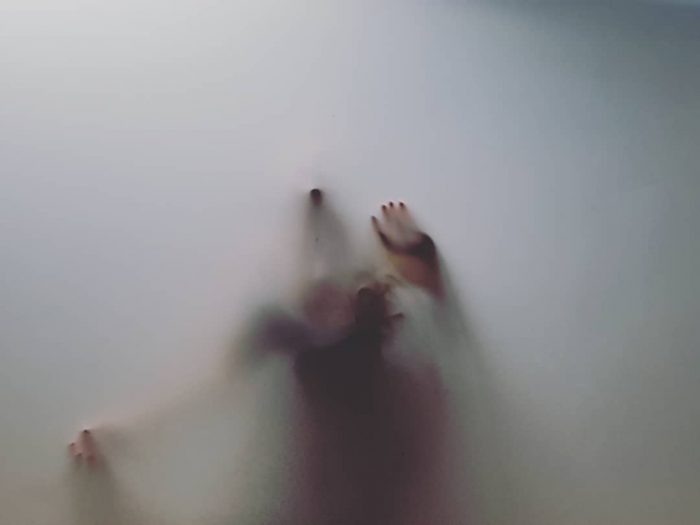
Michael McKeown’s Aquarium Music is an electroacoustic installation that has taken place in the Brighton Sea Life Centre in May 2018. The installation featured six pieces composed entirely of naturally sourced sounds that reflect the sonic environments of the marine life in the aquarium. Some of the sounds within the compositions were manipulated by the movement within certain enclosures, making the audio content unique to each section of the centre.Aquarium Music‘s immersive soundscape sets up a process for educating the audience and of creating a more authentic and appropriate sonic environment.The piece on display in Room 229 in Grand Parade brings the six compositions in one small room, blending them together as one environment, re-constructing the atmosphere of the aquarium for the listener.
PROGRAMME
Performance Studio:
Private view: 1st June
Aki Purser / Jeph Vanger (1800 changeover)
2nd – 3rd June:
Jeph Vanger // Sφera
4th June:
DMSA Day / Alvaro Villar-Castillo // SONORAMA
5th June:
Alvaro Villar-Castillo // SONORAMA
6th – 8th June:
JORDAN LEWIS // THE N0VA GATHERING
9th – 10th June
Aki Purser // 記憶 (MEMORY)
Sound Diffusion Lab:
1st – 3rd June:
Oli Johns // The Miraculous Land – Library
4th – 5th June:
Edward Scott // Lissajous Sounds
PJ Davy // Heads in The Cloud
6th June:
Liam Eshgi-Luck // The Cacophonic Hospital
7th – 8th June:
Edward Scott // Lissajous Sounds
8th – 10th June:
PJ Davy // Heads in The Cloud
Ongoing Installations
Room 229
Oskar Jeff // Reconstructing Tapes
Sophie Kiarie // Soul
Liam Eshgi-Luck // The Cacophonic Hospital
Michael McKeown // Aquarium Music
Bobbie Cook // Hard Shoulder
Room 228
Jasmyn Bloch // FEMPORIS
The Shower room
Ivan Arbiol Camps // The Return of the Unwanted
Sound Diffusion Lab Foyer
Jack Lister // Flood the Box

Sound is a medium that invites participation, reflection, action and reaction. Sound operates across boundaries of senses, media, materials and forms. This year’s graduate show pieces from our students present a range of approaches into these observations. With an emphasis on both the physical-visceral and the emotional-ethereal affect of sound, the different works exhibited in the DMSA area in Grand Parade (East Wing, Back Building across the courtyard, 3rd Floor) pose a series of complex questions that the visitors will play a leading role into deciphering.
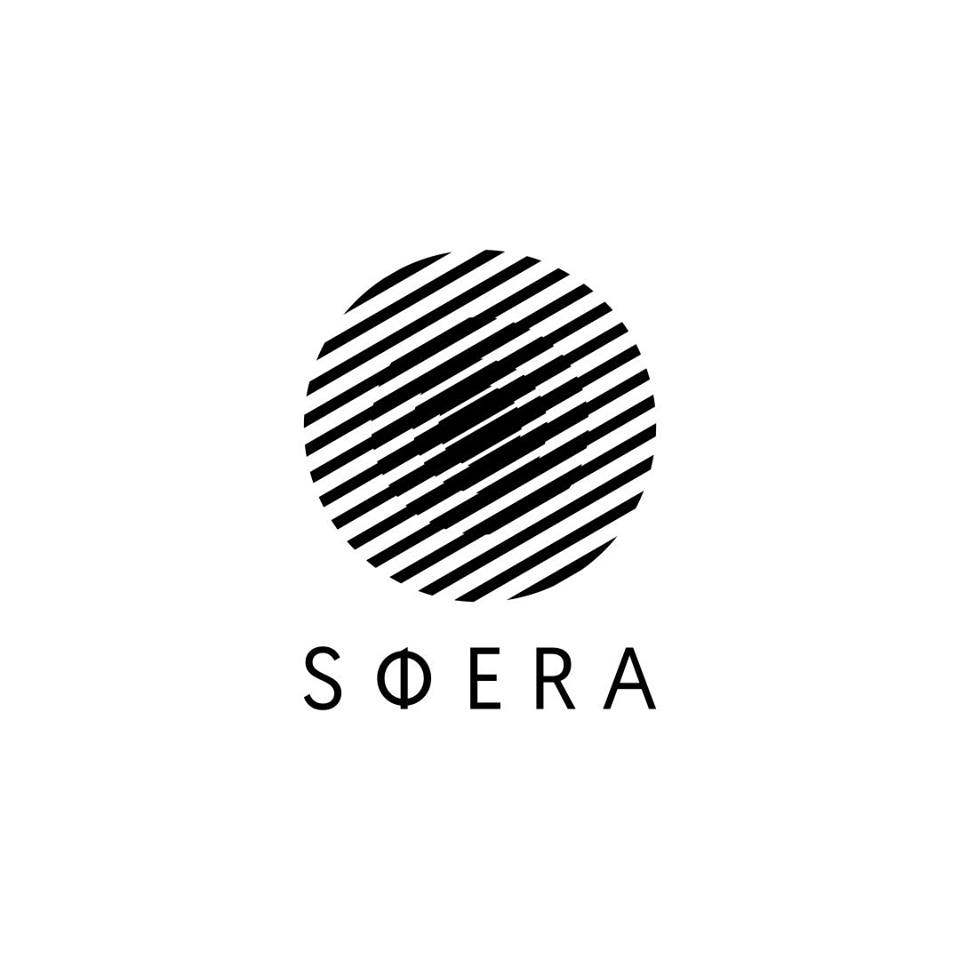
Jeph Vanger’s Sφera is the result of a one year field research in Berlin, Klingenberg Am Main, Athens with people such as Hans Peter Kuhn & Markus Klug. Sφera is a multichannel sonic environment where the physical presence of sound and the ongoing engagement become the priority. The symphony of (1) a hand-built subwoofer, (2) an also hand-built multicell horn speaker and (3) the 3D audio speaker IKO are creating a sonic “atmo-sphere” where the encounterer is able to experience sound in its spherical existence. The piece pays tribute to the mournful sound of the Foghorn, using original recordings from the Foghorn Requiem (2013) field performance in which more than 50 ships gathered on the North Sea (UK) to perform an ambitious musical score. Using walls, floors, human bodies as tools of a spatial orchestration, the sound surrounds the listener and enables him or her to be a fundamental part of the installation. Borrowing a few words from Dr Kersten Glandien: “What it can mean to be an empowered active encounterer rather than a passive overwhelmed consumer?”
A peformance of Sφera is scheduled for the Private View, June 1st at 7pm. Book your tickets.
SΦΕRA from Jeph Vanger Sound on Vimeo.
Sound is enveloping and ambiguous, simultaneously of the body and beyond it; a trigger of memories, senses and sensations. Sophie Kiairie’s Soul positions the listener in complete blackness-blindfolded with their ears as the only means to navigate through a binaural soundspace of familiar-like creatures and environments. Soul is a short first-person immersive audio play. In Soul, you are placed in the shoes of a soldier undergoing training in a facility in order to gain heightened hearing senses that in turn help you the soldier in combat against unknown creatures that have invaded the planet, eating people’s souls. They do so to strengthen themselves, and to feed their Queen, who is to give birth to a King strong enough to conquer the universe. It starts at the end of the training in a facility, where scientists have placed you in a training room where they proceed to load 4 different sonically simulated environments to explore.
Oliver John’s The Miraculous Land is a 40 channel generative, ambisonics inspired sound installation. For the majority of its everlasting duration it sonically comprises of an electroacoustic sound design driven construction of a room in a library. At points the illusion of the library intentionally deconstructs itself, separating sounds from their sources and manipulating them to create intangible realities. This makes each of the 40 loudspeakers individually decipherable, creating surreal illusions of movement within the three dimensional soundspace. Because of this, one becomes attentive of its artificial creation, which puts light on the constructed sonic environment as a digital soundscape.
PROGRAMME
Performance Studio:
Private view: 1st June
Aki Purser / Jeph Vanger (1800 changeover)
2nd – 3rd June:
Jeph Vanger // Sφera
4th June:
DMSA Day / Alvaro Villar-Castillo // SONORAMA
5th June:
Alvaro Villar-Castillo // SONORAMA
6th – 8th June:
JORDAN LEWIS // THE N0VA GATHERING
9th – 10th June
Aki Purser // 記憶 (MEMORY)
Sound Diffusion Lab:
1st – 3rd June:
Oli Johns // The Miraculous Land – Library
4th – 5th June:
Edward Scott // Lissajous Sounds
PJ Davy // Heads in The Cloud
6th June:
Liam Eshgi-Luck // The Cacophonic Hospital
7th – 8th June:
Edward Scott // Lissajous Sounds
8th – 10th June:
PJ Davy // Heads in The Cloud
Ongoing Installations
Room 229
Oskar Jeff // Reconstructing Tapes
Sophie Kiarie // Soul
Liam Eshgi-Luck // The Cacophonic Hospital
Michael McKeown // Aquarium Music
Bobbie Cook // Hard Shoulder
Room 228
Jasmyn Bloch // FEMPORIS
The Shower room
Ivan Arbiol Camps // The Return of the Unwanted
Sound Diffusion Lab Foyer
Jack Lister // Flood the Box

On June 4th members of the audience and students will have the chance to experience a unique mix of works from our first and second year students as well as the degree pieces on display by our third year students. Expect an eclectic selection of innovative multichannel digital music compositions, interactive installations, audiovisual pieces and films, radio art experiements, custom instruments and generative pieces.
In the occasion of the DMSA show we will also have the honour to have internationally acclaimed artist and composer Robin Rimbaud (aka Scanner).
Scanner traverses the experimental terrain between sound and space connecting a bewilderingly diverse array of genres. Since 1991 he has been intensely active in sonic art, producing concerts, installations and recordings, the albums Mass Observation (1994), Delivery (1997), and The Garden is Full of Metal (1998) hailed by critics as innovative and inspirational works of contemporary electronic music.
He scored the hit musical comedy Kirikou & Karaba (2007) and Narnia ballet (2015) based on the popular children’s book, Philips Wake-Up Light (2009), the re-opening of the Stedelijk Museum, Amsterdam in 2012 and in 2016 installed his Water Drops sound work in Rijeka Airport in Croatia.
His work Salles des Departs is permanently installed in a working morgue in Paris whilst Vex House, the residential house he designed a permanent soundtrack with Chance de Silva architects, was finished to critical acclaim in 2017.
Committed to working with cutting edge practitioners he collaborated with Bryan Ferry, Wayne MacGregor, Mike Kelley, Torres, Michael Nyman, Steve McQueen, Laurie Anderson and Hussein Chalayan, amongst many others.
DMSA Show is happening on the 4th of June, 12-6pm, Performance Studio, GP.
DMSA Show is curated by DMSA Alumni Maja Mihalik.
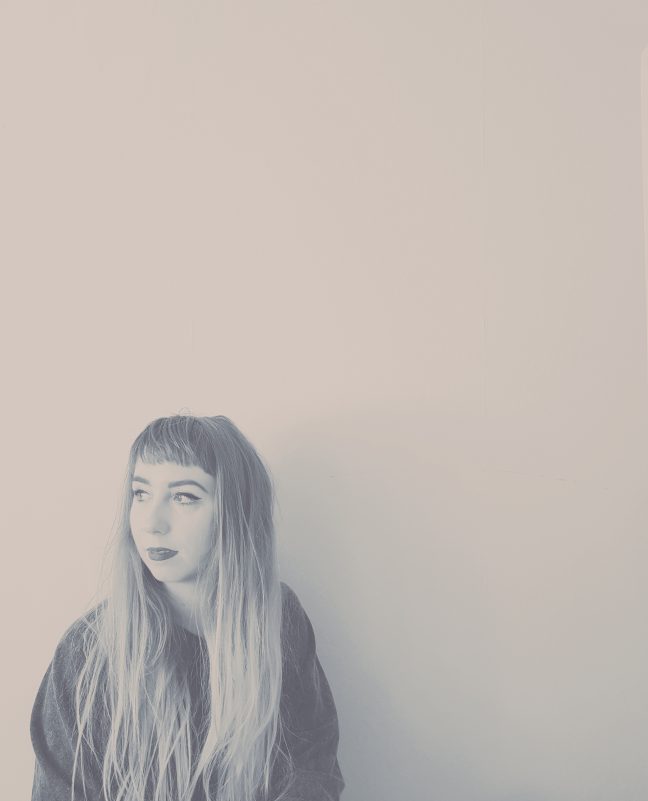
This month’s feature welcomes third year student Jasmyn Bloch, a classiclally trained singer with an electronic music twist who through her explorations in our course developed new and engaging pathways of addressing issues such as voice, embodiment, femininity and the emotional affect of sound and music. Her upcoming multimedia installation entitled ‘FEMPORIS’ will be exhibited at this year’s degree show.
DMSA: Three important words that represent you as a creative person
JB: Feminine, intimate, emotional
DMSA: When did you start working with sound and music?
JB: I started working with sound at a very young age, experimenting with all sorts of different instruments, but nothing really stuck. My true musical beginnings started when I found my passion for Classical Singing; this was the portal through which I found what sound, and especially voice, meant to me and what it could communicate to others. I remember being gob smacked the first time I sang in front of an audience, because by the end of my performance a lot of the audience were crying. I always knew music effected my emotions deeply, but to see others react so vividly to something I had sung was a turning point, I knew then I had to work with my voice and my emotions.
DMSA: In what ways has the DMSA course supported or help you to develop into who you are today creatively and professionally?
JB: The DMSA course opened my eyes to a lot of experimental, more artistic ways of approaching music. Before this course I was well versed in more mainstream electronic music, but had no idea of the plethora of ways music and sound can be used, creatively and powerfully, to evoke emotions and create statements. During my time here I believe I have created projects that I will continue to work on well past my graduation, but also planted seeds of ideas for my future work and concepts.
DMSA: What are your plans for the near future? projects, events, visions
JB: I am currently working on a multimedia sound installation called Femporis, which is a conceptual womb piece that will be a part of the Brighton University Degree Show this June. This piece is an exploration into the soundscape of the womb, but also considers the concepts of safety, nurturing and rebirth. I hope to continue down this vein of feminine works and create a trilogy of pieces that are focused on the female body and voice. Post University I plan to create a platform for young female artists in Brighton, a website and bi-monthly exhibition space, where they can show their work and be a part of a supportive collective, showing female sound and artworks in a unified space.
More info:
http://jasmynbloch.weebly.com/
Every year, our students’ interests, talents and curiosities are manifested in many surprising and innovative ways. Each degree show delivers a whole new range of explorations, provocations and creative outputs. Either in the form of instrument building, video game design, sound installation art or sound for film and new media, the DMSA students offer new perspectives into what is possible through sound and a way of thinking about and doing with sound that goes beyond the audible into other senses, materials, technologies and the body. The 2017 Degree Show presented a series of ambitious, at times, large scale projects that grasped the attention of audiences and industry specialiststs who attended the Degree Show. Our students Guoda Dirzyte and Jordan Edge won awards for the outstanding quality of their pieces. This is of course the result of hard work often involving the extensive support of our technical staff and mentoring and guidance by our academic team.
List of Works
Guoda Dirzyte – Kokon Dansetsu Ma (Sound Installation)
Charles Pender – Maelström (Sound Installation)
Joseph Higgins – Many Gods, Many Voices (Sound Installation)
Maja Mihalik – bio.adversity (AV installation)
Jordan Edge – acclimate (Installation)
Justin O’Brien / John Doe – 2.1 Audio Piece – Number Stations and Short Wave Radio (Radio Art Composition)
Navid Asghari – Circadian (Found Footage / CCTV Film)
Ben Murphy – Avatar Arms (Video Game Design)
Lorcan Thompson – To Eternity (Experimental Film)
Rory Williams – Bend-A bespoke instrument for neurological disorders (Interactive/Instrument Design)
Digital Music and Sound Arts students come from a variety of backgrounds and through the three years of the course they undergo a trajectory of transformation. They are encouraged to challenge existing deas, explore new methodologies and technologies, develop in a focused manner sets of skills that will make them confident in their craft, critical in their thinking as practitioners and ready to keep up with the challenges of a rapidly changing and competitive field. The degree show is an important platform for both students and staff to demonstrate these concepts, to interface with industry people and establish a network.
Today’s spotlight revisits the final degree works by 2012 DMSA students showcasing the breadth of approaches and interests and the level of quality students aim to achieve. Either sound design and music for film, interactive audiovisual installations or music production, preparing the final degree project is a chance to be ambitious and to refine a creative vision so as to allign with the chosen career pathway of each student.
Featured Works